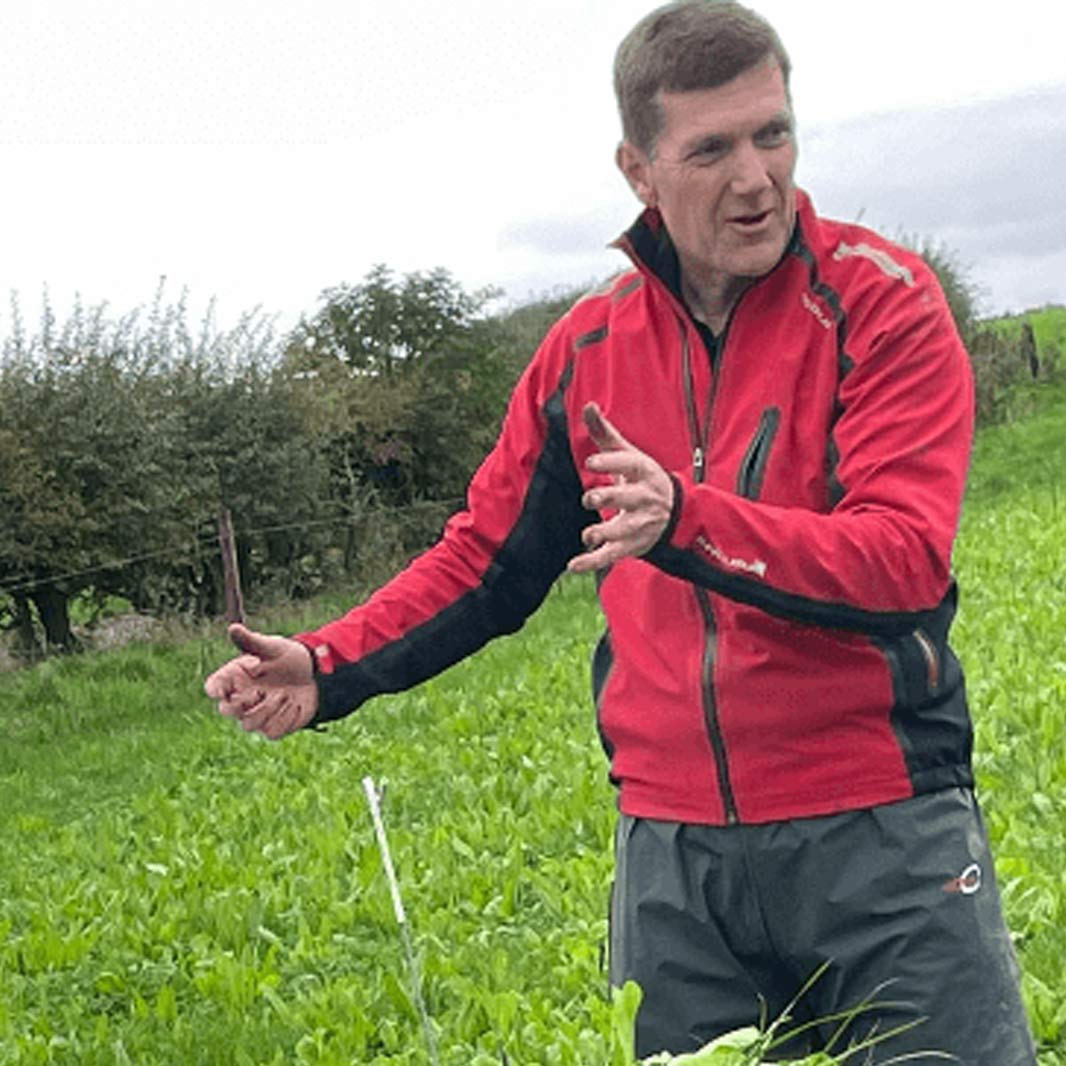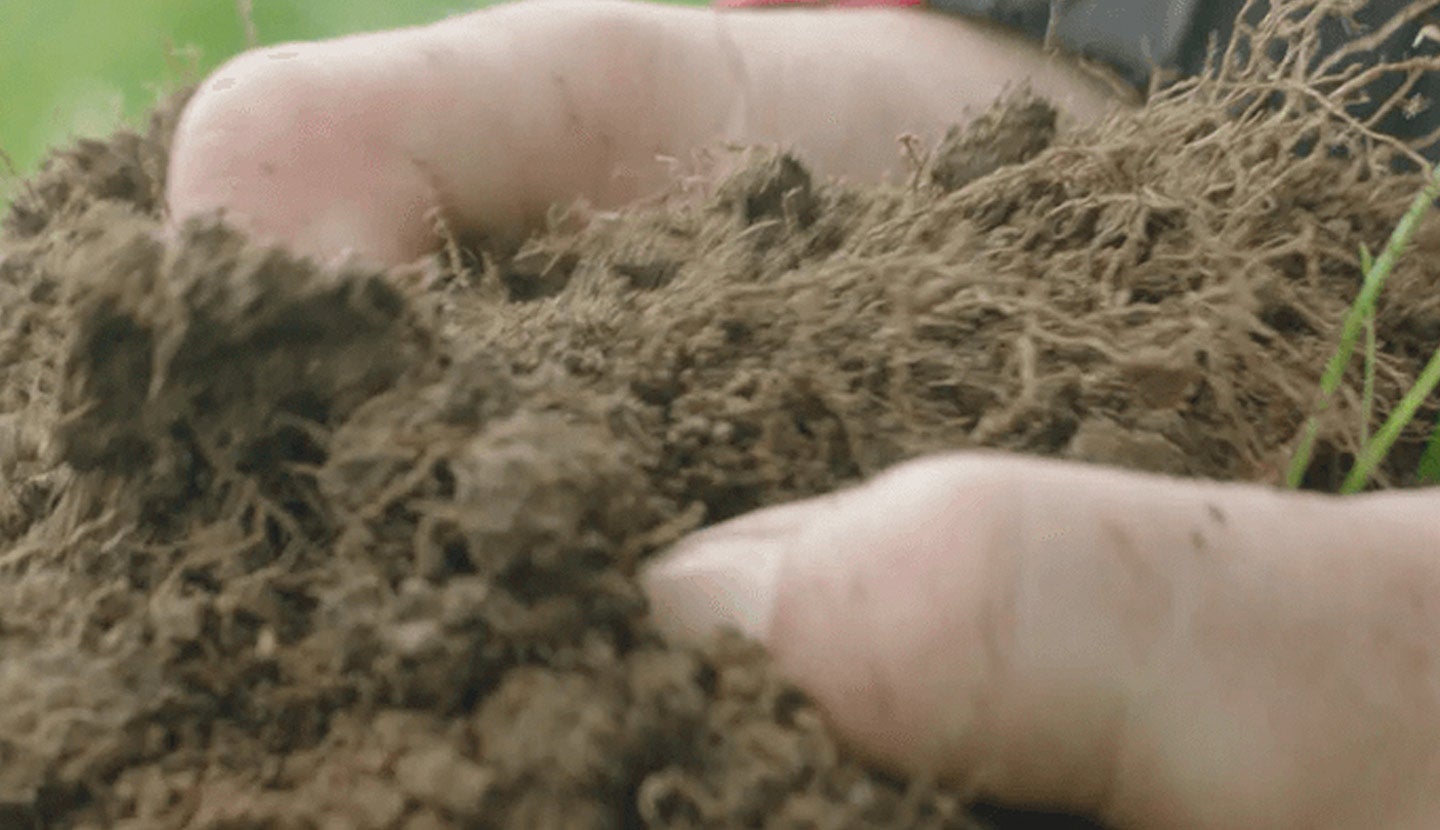Written by Lee Truelove, Responsible Sourcing Manager at First Milk.
I am passionate about regenerative farming and the potential positive contribution of grazing cows to improve biodiversity, soil health and water cycles while creating nutrient dense food for the growing population.

When you think of dairy farmers - early mornings, herds of cows, and delicious fresh milk may come to mind. What you may not think of is grass, yes that’s right dairy farming and grass.
Farming is typically seen as crop (arable) farming and livestock farming, but grass farming has always been essential. The more focus that is given to grass farming, the better the results for environmentally friendly sustainable milk, compared to feed-based farming. Historically, some of the most vibrant small rural communities have grown up around the rich pastures of grass that generations of dairy farmers have created.
Nestled in the heart of Cumbria and miles of green countryside, our NESCAFÉ Frothy Coffee Factory receives fresh local milk sourced within a 50-mile radius. Cumbria is the perfect spot for great quality milk, created by its ideal climate, and is considered one of the best areas in the world for pasture based dairy farming. What makes it ideal is the wet and largely mild climate, great for growing grass all year around in its Valleys, and the perfect nourishment for the cows.
Grass is more than just food for cows. NESCAFÉ and the First Milk farmers who supply them, have programmes and workshops designed to understand the nature of grass as an important source of nutrition for people, through the milk the cows produce from grazing on it. A rich and diverse grassland provides many great benefits from biodiversity to flood protection. Grass can increase the biodiversity that enriches the soil and local wildlife, supporting essential pollinators. It also protects our water courses, leading to cleaner rivers with thriving life of their own, and providing natural flood protection. Grassland can help climate resilience by protecting against drought and storing carbon in soil.
While our farmers have long been custodians and the closest to their land, new techniques have been introduced to help dairy farmers improve their grass and dairy farming, these include:
- Rotational Grazing – This mimics grazing techniques that you see with wild herds. Rotational grazing allows cows to graze individual fields for short periods of time before moving onto the next field. This down time enables the grass to rest and grow stronger roots, enriched by the cows passing through and putting more organic carbon into the soil.
- Biodiversification – Above and below ground biodiversity can be improved by introducing additional species of grasses, herbs and legumes. It’s widely accepted that additional plant species store more carbon in soil.
- Minimising soil disturbance – Moving away from deep ploughing and utilising new seeding techniques such as “direct drilling”, protects the micro system of the soil and grows longer root systems. Protecting the soil surface is a key component of regenerative farming.
- Hedge care – Planting more hedges and allowing growth from established hedges. Although they may not seem important, hedges provide shade and shelter to farm and wild animals, provide wildlife corridors and slow down water flows after heavy rains, as well as absorb more carbon from the atmosphere.
Through our partnership with First Milk, we support our farmers to improve the quality of the grass and local ecosystem using grass cultivation techniques. This provides better pastures for the cows to feed on, which then produces the milk for the NESCAFÉ frothy coffee you love. This is why our dairy farmers, are at heart, grass farmers.
#FreshFarmThinking

